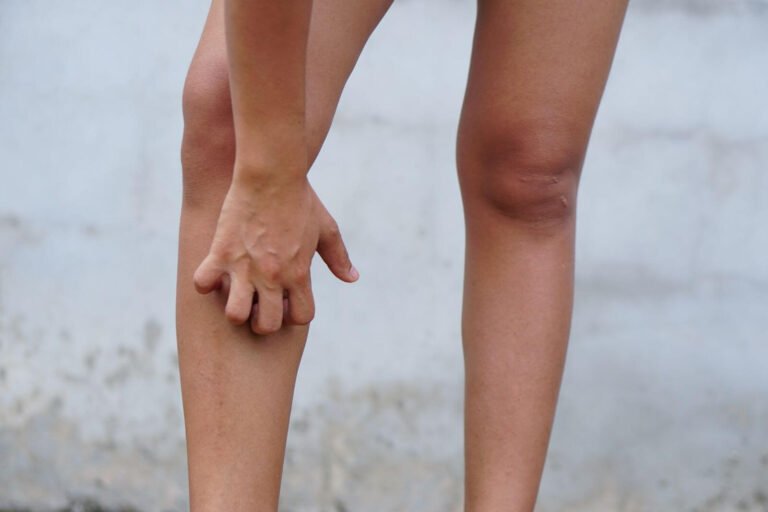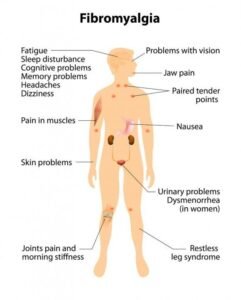Options for Treating Acanthosis Nigricans
Understanding Acanthosis Nigricans: Causes and Treatment Options
Acanthosis nigricans is a skin condition that results in darkened, thickened, and velvety patches typically found in body folds such as the neck, armpits, groin, and inner thighs. While the condition is not contagious or harmful in itself, it may indicate underlying health issues and should be evaluated by a healthcare provider.
Common Symptoms of Acanthosis Nigricans
The skin affected by acanthosis nigricans often remains soft and smooth despite its darkened and thickened appearance. It commonly appears in folds of the body like the neck, underarms, and groin. In some cases, discoloration may also occur on the joints of the hands and feet, or less frequently, on the lips, palms, or soles of the feet.
What Causes Acanthosis Nigricans?
Although it can occur in otherwise healthy individuals, acanthosis nigricans is frequently associated with the following conditions:
-
Obesity – The most common trigger; weight loss often helps reverse it.
-
Insulin resistance and Type 2 diabetes – High insulin levels can affect skin pigmentation.
-
Polycystic Ovary Syndrome (PCOS) – Often linked to hormonal imbalances and insulin resistance.
-
Certain medications – Including corticosteroids, birth control pills, high-dose niacin, and human growth hormone.
-
Genetic conditions – Such as Down syndrome and other inherited disorders.
-
Cancer (rare cases) – Especially those affecting the gastrointestinal tract, liver, bladder, or lymphatic system.
The Link Between Insulin Resistance and Skin Changes
Insulin resistance causes the body to produce more insulin to maintain normal blood sugar levels. Elevated insulin can stimulate skin cells to reproduce rapidly, leading to the thickened and darkened patches seen in acanthosis nigricans. Over 50% of children with type 2 diabetes are found to have this condition, and it is also common in adults with diabetes.
How Acanthosis Nigricans Is Diagnosed
If you notice changes in your skin’s appearance, consult a healthcare provider. Diagnosis is usually made through visual examination. To determine any underlying health issues, your provider may recommend tests such as:
-
Blood sugar and insulin level assessments
-
Imaging studies like X-rays or endoscopy (if cancer is suspected)
Effective Treatment Strategies for Acanthosis Nigricans
The primary goal of treatment is addressing the root cause. When the underlying issue is managed—whether it’s insulin resistance, obesity, or medication-induced—skin discoloration can improve or resolve entirely.
Lifestyle-Based Treatments
-
Weight loss – Reducing body weight often improves skin condition significantly.
-
Managing diabetes or insulin resistance – Through diet, exercise, and medication as prescribed.
Dermatological and Cosmetic Treatments
If lifestyle changes alone are not effective, additional skin-focused treatments may help reduce pigmentation:
-
Topical retinoids to increase cell turnover
-
Dermabrasion or chemical peels
-
Laser therapy
These procedures should only be performed by a qualified dermatologist.
Frequently Asked Questions About Acanthosis Nigricans
What is acanthosis nigricans and what causes it?
Acanthosis nigricans causes dark, velvety skin patches, most commonly on the neck, groin, and underarms. It is often associated with obesity, insulin resistance, type 2 diabetes, certain medications, and hormonal disorders such as PCOS.
Can I have acanthosis nigricans without having diabetes?
Yes, while acanthosis nigricans is more prevalent among people with diabetes, it can occur in individuals without any known medical conditions.
Will acanthosis nigricans go away on its own?
If caused by an underlying condition like diabetes or obesity, treating that condition can help fade the skin patches. However, persistent cases may require dermatological treatments for faster results.
Should I consult a dermatologist for acanthosis nigricans?
Yes. A dermatologist can recommend effective treatment options including topical creams, laser treatments, or cosmetic procedures tailored to your specific case.









